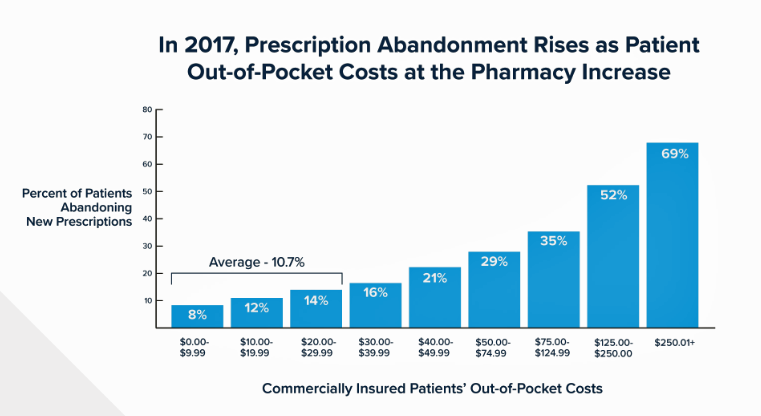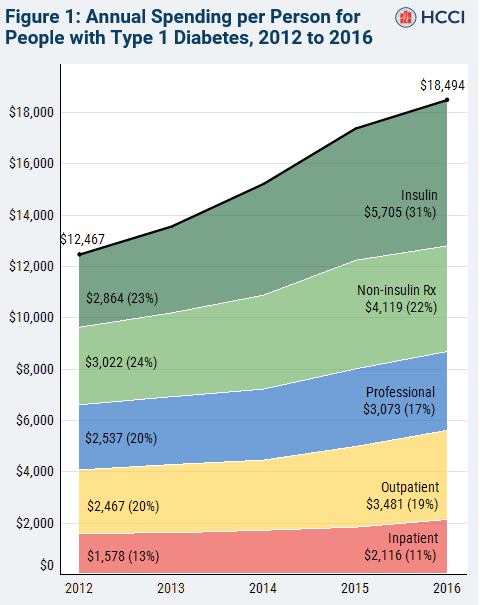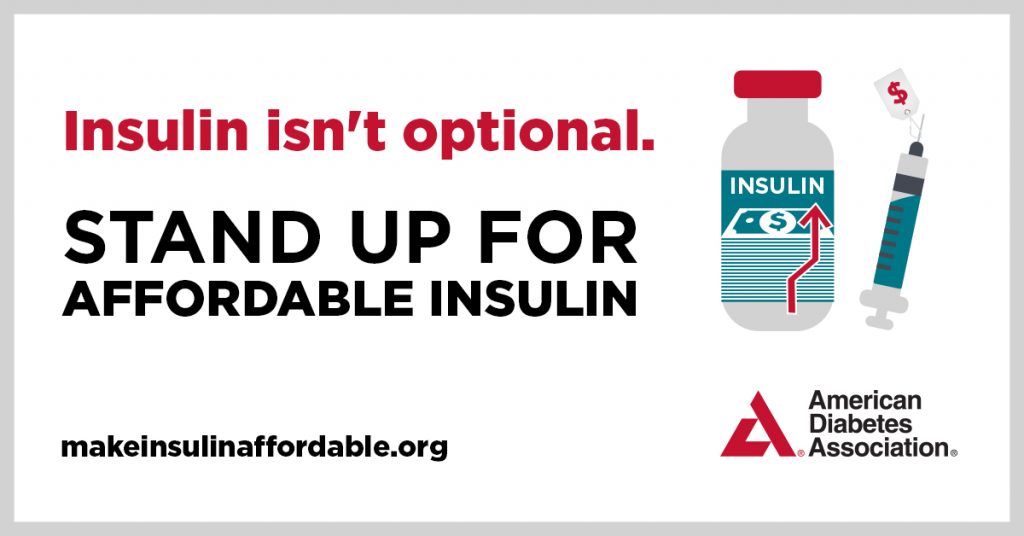Most patient visits to doctors result in a prescription written for a medicine that people retrieve from a pharmacy, whether retail in the local community or via mail order for a maintenance drug. This one transaction generates a lot of data points, which individually have a lot of importance for the individual patient. Mashed with other patients’, prescription drug utilization data can combine with more data to be used for population health, cost-effectiveness, and other constructive research pursuits.
 At HIMSS19, there’s an entire day devoted to a Pharma Forum on Tuesday 12 February, focusing on pharma-provider-payor collaborations. Allocating a full day of HIMSS programming to this topic, talking beyond the claim or EHR, is a sign that the pharmacy and prescription drugs are recognized as a strategically important player in the health data ecosystem.
At HIMSS19, there’s an entire day devoted to a Pharma Forum on Tuesday 12 February, focusing on pharma-provider-payor collaborations. Allocating a full day of HIMSS programming to this topic, talking beyond the claim or EHR, is a sign that the pharmacy and prescription drugs are recognized as a strategically important player in the health data ecosystem.
Increasingly, prescriptions are digitally-initiated via ePrescribing platforms. But electronic prescribing alone doesn’t solve the Holy Grail challenge for both the pharmaceutical industry and providers: medication adherence.
A new survey from OptimizeRx found that physicians are concerned about their patients not filling Rx’s — but that most do no follow up to determine whether patients actually do fill the prescriptions doctors wrote. That’s referred to as prescription abandonment on the part of the patient. The first bar chart, from IQVIA research, shows the direct relationship between out-of-pocket costs for patients and their abandonment of the prescription.
Nor do most physicians track patients’ ongoing adherence and persistence to a prescription regimen, the OptimizeRx study revealed.
When OptimizeRx asked the 642 doctors polled what factors they believed contributed to patients not filling an Rx, the top response, by far, was the cost of the drug.
 The Health Care Cost Institute’s January 2019 study found that some people with diabetes have made a decision to cut the amount of the drug they use or abandon it due to increasing costs for the life-sustaining therapy.
The Health Care Cost Institute’s January 2019 study found that some people with diabetes have made a decision to cut the amount of the drug they use or abandon it due to increasing costs for the life-sustaining therapy.
The issue of drug cost transparency will also be featured at HIMSS19 during a panel on 13 February convening three people who play key roles on this issue: Dr. Steve Miller, Chief Clinical Officer, Cigna; Tom Skelton, CEO, Surescripts; and, Dr. Troyen Brennan, Chief Medical Officer, CVS Health.
The vast majority of doctors polled by OptimizeRx say they have a role to play in discussing health care costs with patients. However, only 4 in 10 doctors told OptimizeRx that patients have raised the issue of prescription drug costs during their encounter.
Here’s a link to OptimizeRx’s summary of the survey, which polled 642 doctors in the OptimizeMd network online in January 2019.
 Health Populi’s Hot Points: I’ve been a paying member of HIMSS for over 25 years when the meeting was small enough to be held in mid-sized cities like San Antonio and San Diego, and one could wear less-than-comfy shoes to cover the exhibition floor. Today, attending HIMSS requires resilience, smart nutrition, hydration, and indeed, the most comfortable pair of footwear you can find. (If you don’t believe me, check out Twitter #HIMSS19 hashtag this week to see both men and women showing off their footwear).
Health Populi’s Hot Points: I’ve been a paying member of HIMSS for over 25 years when the meeting was small enough to be held in mid-sized cities like San Antonio and San Diego, and one could wear less-than-comfy shoes to cover the exhibition floor. Today, attending HIMSS requires resilience, smart nutrition, hydration, and indeed, the most comfortable pair of footwear you can find. (If you don’t believe me, check out Twitter #HIMSS19 hashtag this week to see both men and women showing off their footwear).
While HIMSS is a membership and advocacy organization firmly focused on health care information technology, the scope of education, exhibitors and attendees has expanded to reflect growing learning in what constitutes health beyond healthcare services.
The ADA poster featured here reminds us that “Insulin isn’t optional.” When people with diabetes feel forced to self-ration insulin, they are hurting themselves, their families, their employers.
I propose that HIMSS is now part of a larger ecosystem serving public health interests now, as we come to appreciate the critical role of social determinants of health — a few of which are financial health, job security, and access to health care. That includes access to needed prescription drugs like insulin which treats one of the most significant public health epidemics in America.
The OptimizeRx study reveals that physicians and patients want to engage in the critical conversation about prescription drug costs and access. I appreciate HIMSS bringing this issue to the fore this week, and welcome my own conversations with technology innovators to help address this public health issue.
The post The Cost of Prescription Drugs, Doctors and Patient Access – A View from HIMSS19 appeared first on HealthPopuli.com.
The Cost of Prescription Drugs, Doctors and Patient Access – A View from HIMSS19 posted first on http://dentistfortworth.blogspot.com
Addiction Quotes
ReplyDelete